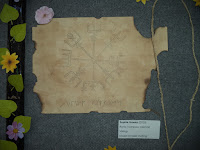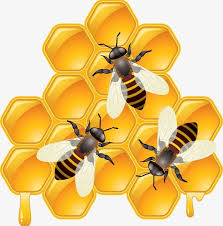https://www.abc.net.au/news/2020-09-01/wattle-day-celebrating-110th-anniversary-and-growing-prominence/12574654
About 110 years ago, saw the first Wattle Day celebrations - and although we don't hear much about it, in pockets and corners of our country, they are still happening.
The popularity of Wattle Day surged during World War 1, when sprigs of wattle were sold to raise funds for organisations such as the Red Cross - and wattles covered the first monument to World War 1 when it was unveiled by the Governor-General on September 7th, 1915.
Wattle and Wattle Day can symbolise pretty much anything we want, but they relate pretty generally to: Spring, being Australian, the Australian environment, and history. Spring has many positive values such as optimism, bounty and abundance, reliability, colour, new life and so on. We can celebrate our 'Australianness' on Wattle Day in quite a different way from Anzac Day, which in recalling past wars glorifies Australian qualities of courage and mateship.
Wattle Day, by contrast, looks forward (to Spring) and can celebrate the nation's genuine qualities of good humour, fairness, generosity, informality and democracy.
It
could be argued that a celebration of 'Australianness' symbolised by wattle, the
popular national floral emblem, combined with a
celebration of the coming of Spring could be a very special occasion every
year. An added attraction is that Wattle Day dates back more than eighty years
and is a part of Australia's history.
It may be time to bring Wattle Day back again - and to celebrate Australia rather than a myriad of festivals from other countries around the globe?
Wattle has been regarded as the flower of Australia partly due to the fact that at any given time of the year, somewhere in Australia, a wattle will be blooming.

































